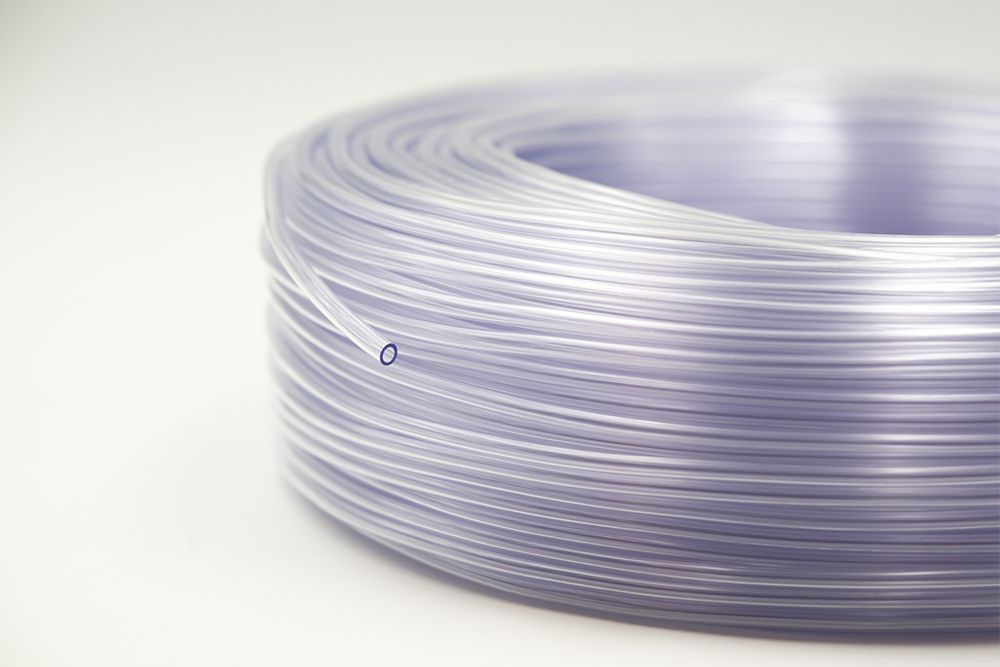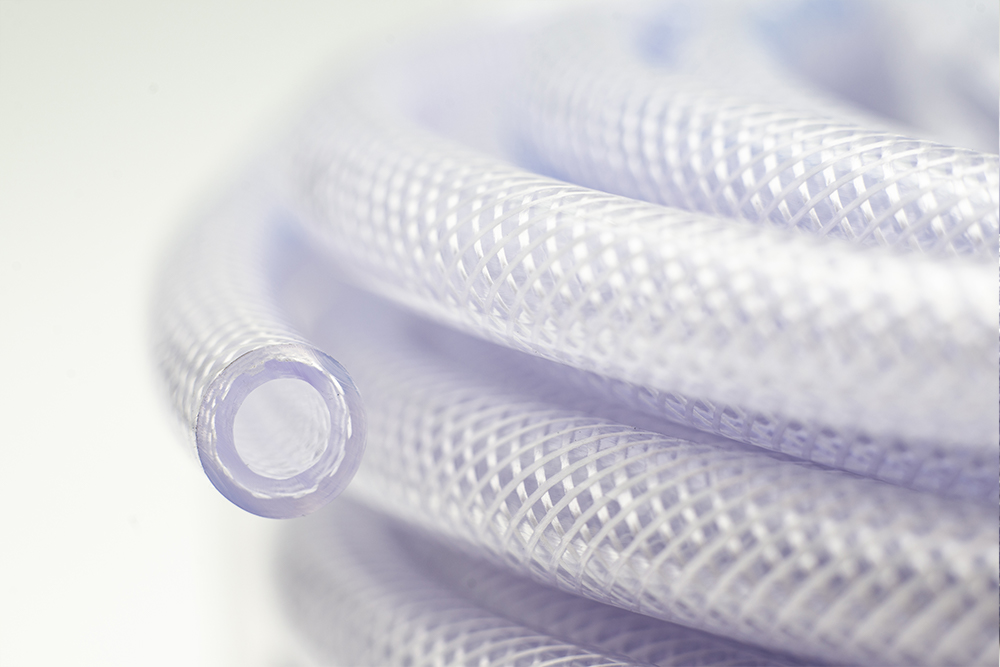PVC
Polyvinyl chloride known as PVC is one of the most versatile thermoplastic polymers, second, for world production, only to polyethylene and polypropylene and is widely used in the construction sector (pipes, gutters and vinyl floors), in the automotive industry, for toys, for packaging, in the medical field etc. The low cost and excellent performance of polyvinyl chloride make it a very attractive plastic, it is resistant to acids, alkalis, fats, oils and many inorganic chemicals, alkalis and salts.
It has good dimensional stability and good resistance to environmental agents, mainly ozone. However, PVC suffers from poor thermal stability and decomposes at a temperature below the processing temperature. The commercially available PVC would already degrade around 140 ° C if not stabilized before processing. Furthermore, under UV irradiation and in the presence of oxygen and humidity, PVC undergoes a very rapid process of autocatalytic dehydrochlorination and peroxidation with the formation of polyenes. In any case, thanks to the ease of additives and the development of specific formulations for the various applications, it is possible to easily marginalize these limitations.
HISTORY
The synthesis of PVC (vinyl polychloride) dates back to the mid-19th century, thanks to a random reaction of vinyl chloride gas which, sealed in glass vials and exposed to sunlight, turned into a whitish mass. The first who synthesized it was in 1838, the French physicist and chemist Henri Victor Regnault and later, it was the German Eugen Baumann 1872, both did not find a good reason to patent it as this substance was not able to be used in any field. . In 1913 Fritz Klatte patented the polymerization process of polyvinyl chloride and for this reason he was improperly attributed the authorship of this polymer.
The industrial expansion of PVC occurred thanks to some discoveries by Waldo Lonsbury Semon who, in his research, found a plasticizer that made the whitish substance elastic and printable in all its forms. The first large-scale applications were golf balls and shoe soles. In 1938 vinyl records were born, which gave an impetus to the recording industry thanks to the sound quality compared to previous materials (shellac and celluloid).
The growing success of PVC during the Second World War was consolidated thanks to the replacement in the use for the insulation of electrical cables in warships
PVC with its versatility has quickly become essential for the construction industry, thanks to the resistance of this material to light (if correctly additive), to aggressive chemicals and to corrosion, which has made it the best choice for applications in the field. construction, just think of the contribution in transporting water to thousands of homes and industries, through the use of PVC pipes. Today, PVC is the third best-seller in plastic products worldwide after polyethylene and polypropylene.
MORPHOLOGY
Polyvinyl chloride is an amorphous polymer whose properties are engineered by additives which, thanks to its nature, is able to embrace even in large quantities (> 50%)
SYNTHESIS
Polymer deriving from the radical polymerization reaction initiated by organic and inorganic peroxides in suspension or in emulsion or in mass.
STRUCTURE
The monomeric structure repeats itself the same for the entire length of the chain. The great versatility of the properties are due to the contribution of the various polymeric additives that are added.
PROPERTY
- excellent electrical insulation properties
- good impact resistance
- good resistance to chemicals (varies according to the type of additives)
- inherently flame retardant
- excellent surface appearance
- excellent colorability
- dimensional stability
- low heat resistance
- low UV resistance
WORKING TEMPERATURE
from -10 ° C to + 50 ° C
APPLICATIONS
- piping
- electrical industry
- medical engineering
- transport engineering
- hobby
- building
- packaging
- furniture
- agriculture

